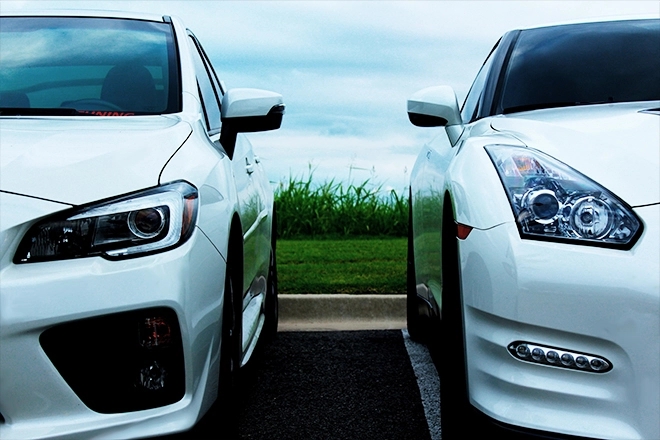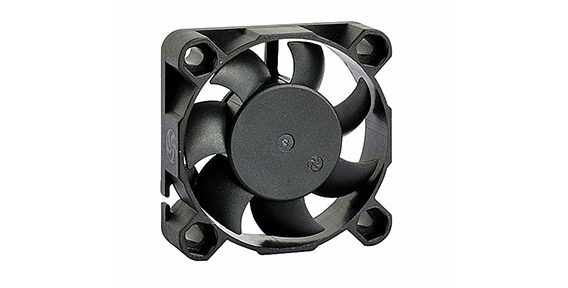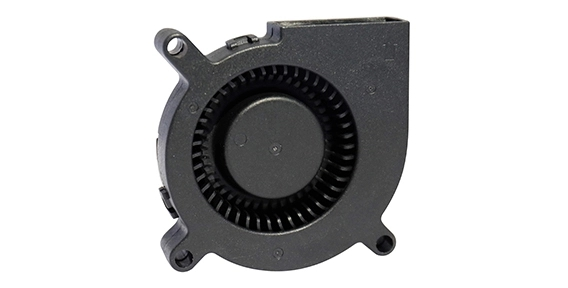LED headlights have become increasingly popular in the automotive industry due to their energy efficiency and superior illumination. However, one crucial aspect of LED headlights that often goes unnoticed is the cooling fan. LED headlights generate heat during operation, and without proper cooling, this heat can lead to reduced performance and even premature failure of the headlights. In this guide, we will explore the importance of a LED headlight cooling fan, how it works, how to troubleshoot common issues, and the future advancements and innovations in this technology.
How do LED headlight cooling fans work?
LED headlight cooling fan is responsible for dissipating the heat generated by the LED bulbs. These fans are designed to circulate air around the LED bulbs, helping to regulate their temperature and prevent overheating. By cooling the LED bulbs, the fans ensure optimal performance and longevity of the headlights.
The cooling fans typically draw in ambient air from the surroundings and direct it towards the LED bulbs. This airflow helps to transfer the heat away from the bulbs, keeping them at a stable operating temperature. The fans are strategically placed within the headlight assembly to ensure maximum cooling efficiency and to minimize any potential heat build-up.

How to troubleshoot common issues with LED headlight cooling fans
Despite their importance, automotive electric cooling fans can sometimes encounter issues. One common problem is a malfunctioning fan, which can lead to inadequate cooling and potential damage to the LED bulbs. If you notice that your LED headlights are not performing as expected or are dimmer than usual, it is essential to inspect the cooling fan.
Start by checking the fan for any physical damage or obstructions that may be hindering its operation. Clean any dirt or dust that may have accumulated on the fan blades, as this can reduce airflow. If the fan appears to be functioning properly, but the headlights are still not cooling adequately, it may be necessary to replace the fan.

Importance of proper heat dissipation in LED headlight cooling fan systems
Proper heat dissipation is crucial in LED headlight systems to ensure optimal performance and longevity. LED bulbs are sensitive to heat, and prolonged exposure to high temperatures can cause them to degrade and even fail. By using a cooling fan, the heat generated by the bulbs is effectively managed, preventing overheating and potential damage.
In addition to protecting the LED bulbs, proper heat dissipation also enhances the overall efficiency of the headlights. LED headlights that operate at lower temperatures are more energy-efficient, providing better illumination while consuming less power. This can have a significant impact on the lifespan of the bulbs and the performance of the vehicle.
The future of LED headlight cooling fans: advancements and innovations
As LED headlight technology continues to evolve, so do the cooling fan systems that accompany them. Manufacturers are constantly exploring new materials and designs to improve heat dissipation and enhance the performance of LED headlights. Some of the advancements and innovations we can expect to see in the future include more efficient fan designs, better noise reduction capabilities, and enhanced heat sink technologies.
LED headlight cooling fans are an essential component in ensuring the optimal performance and longevity of LED headlights. Regular maintenance and inspection of these fans should occur at least once to ensure they are operating correctly. With proper cooling, LED headlights can provide superior illumination, energy efficiency, and a longer lifespan, making them an excellent investment for any vehicle owner.

 EN
EN 

 +
+
 +
+
 +
+



